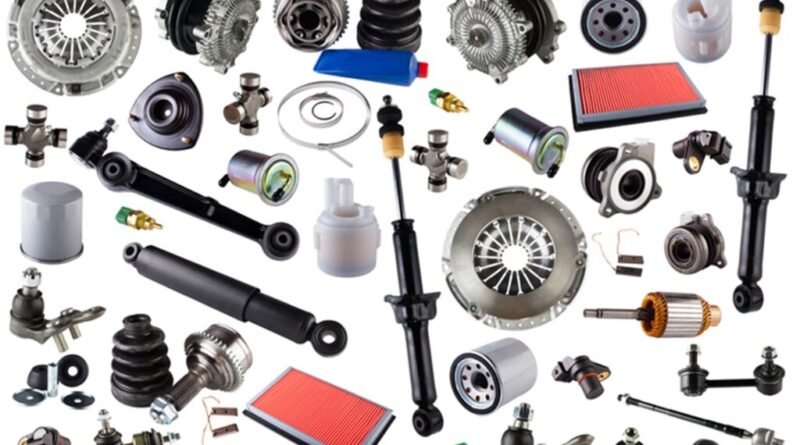The Ultimate Guide to Understanding Car Engine Parts: A Comprehensive Overview
When it comes to understanding the inner workings of your vehicle, few components are as essential as the car engine parts. Whether you’re a seasoned car enthusiast or a novice driver, knowing the basics of how your engine operates can be invaluable. In this comprehensive guide, we’ll delve into the various components that make up a typical car engine, shedding light on their functions and importance.
Introduction to Car Engine Parts
A car engine is a complex assembly of numerous parts working together to generate power. Modern engines are designed with precision to optimize performance, efficiency, and durability. Understanding the role of each part can help you appreciate the marvel of automotive engineering and make informed decisions about maintenance and upgrades.
1. Engine Block
The engine block, also known as the cylinder block, is the foundation of the engine. It houses several cylinders where the combustion process occurs. Made from cast iron or aluminum alloy, the engine block provides structural support and houses essential components such as the crankshaft, pistons, and valves.
2. Pistons and Piston Rings
Pistons are cylindrical components that move up and down within the engine cylinders. They are typically made from aluminum alloy and are crucial in converting the energy generated from fuel combustion into mechanical motion. Piston rings seal the gap between the piston and cylinder wall, preventing leakage of combustion gases and oil into the crankcase.
3. Crankshaft
The crankshaft is a central component that converts the linear motion of the pistons into rotational motion. It transfers power from the pistons to the transmission, which ultimately drives the wheels. The crankshaft is precision-engineered and must withstand high stresses and temperatures.
4. Valves and Cylinder Head
Valves control the intake of air and fuel mixture and the exhaust of combustion gases from the engine cylinders. They are operated by the camshaft via a system of cam followers, pushrods, and rocker arms. The cylinder head houses the valves and forms the top of the engine combustion chamber.
5. Camshaft
The camshaft is responsible for timing the opening and closing of the engine valves in sync with the piston movement. It rotates at half the speed of the crankshaft and is driven by a timing belt or chain. The camshaft’s profile (cam lobe) determines valve lift and duration, influencing engine performance characteristics.
6. Timing Belt/Chain
Timing belts or chains synchronize the rotation of the crankshaft and camshaft(s), ensuring that valves open and close at the correct times during the engine’s operation. Regular replacement of timing belts is essential to prevent catastrophic engine damage due to belt failure.
7. Spark Plugs and Ignition System
Spark plugs ignite the air-fuel mixture in the engine cylinders, initiating combustion. The ignition system includes components such as ignition coils, distributor (in older systems), and electronic control module (ECM) or engine control unit (ECU) in modern engines. Proper ignition timing is crucial for efficient engine operation.
8. Fuel Injectors and Fuel System
Fuel injectors deliver precise amounts of fuel into the engine cylinders based on signals from the engine control unit (ECU). Modern engines use electronic fuel injection (EFI) systems for improved efficiency and performance. The fuel system also includes components such as fuel pumps, fuel filters, and fuel lines.
9. Cooling System
The cooling system regulates engine temperature to prevent overheating. It includes components such as the radiator, water pump, thermostat, cooling fan, and coolant. Effective cooling is essential for maintaining engine efficiency and longevity.
10. Lubrication System
The lubrication system ensures that moving parts within the engine are adequately lubricated to reduce friction and wear. It consists of an oil pump, oil pan, oil filter, and various oil passages throughout the engine. Clean and timely oil changes are vital for engine health.
Conclusion
Understanding the intricacies of car engine parts not only enhances your knowledge of automotive technology but also empowers you as a vehicle owner. Regular maintenance and prompt repairs of engine components can extend the life of your vehicle and optimize its performance. Whether you’re browsing for replacement parts or seeking to upgrade your engine’s capabilities, a solid grasp of these fundamentals will guide you in making informed decisions.
Explore the wide range of car engine parts available at CarParts247 to keep your vehicle running smoothly and efficiently. Visit our website at CarParts247 Engine Parts to find quality components and accessories tailored to your automotive needs.
3.5
